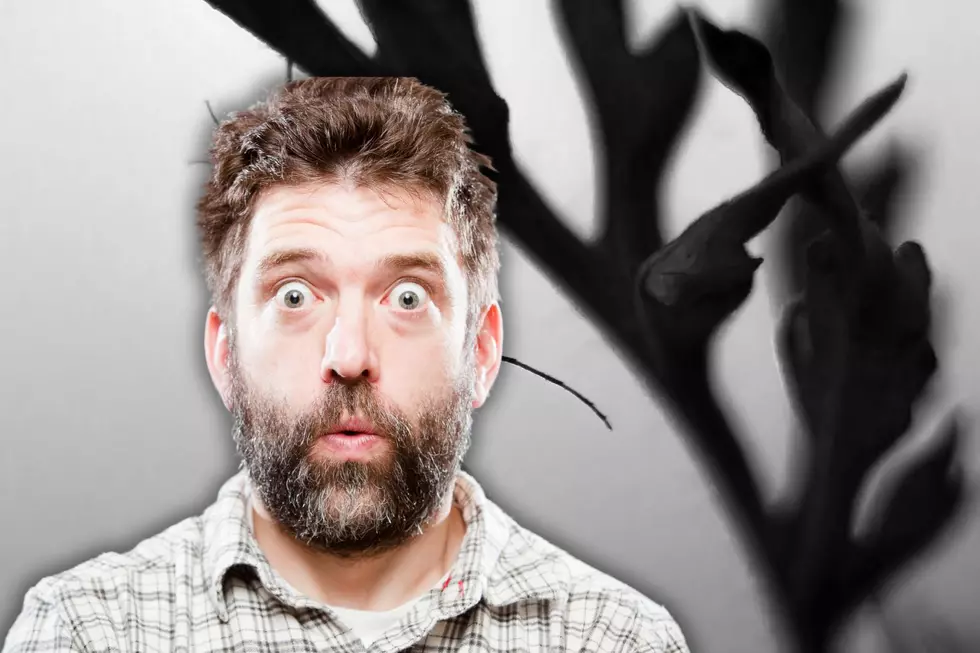
Yearly Reminder: Its Almost Winter Seasonal Depression Time
Though Southern Utahns may not be the most susceptible to Seasonal Affective Disorder, it's still an issue many in the state deal with every year.
Of course, Southern Utahns still suffer from SAD but with the limited seasons and mostly sunny days its less of a possibility. The National Institute of Mental Health describes SAD best, “Many people go through short periods of time where they feel sad or not like their usual selves. Sometimes, these mood changes begin and end when the seasons change. People may start to feel “down” when the days get shorter in the fall and winter (also called “winter blues”) and begin to feel better in the spring, with longer daylight hours.”
“Short periods of time” is relative to each individual suffering but it's more common than most people think. There is also summer SAD. I’ll get into the differences in just a bit.
Sometimes SAD is not diagnosed early on which can cause even more severe depression.
"People with seasonal affective disorder unfortunately often don't get diagnosed unless their symptoms of depression get very severe," says Jason Hunziker, MD, chief of the Division of Adult Psychiatry at University of Utah Health. —University of Utah Health
If you’re someone who is already suffering from Depression that “switch” may not seem as obvious, but it makes symptoms incredibly worse.
Depression Symptoms:
- Depression every day.
- Losing interest in normally usual activities.
- Sudden changes in weight or appetite.
- Sleep issues.
- Slow and easily agitated.
- No energy.
- Feelings of hopelessness and low self-esteem.
- Having a hard time concentrating.
- Persistent thoughts of death and suicide.
Generally, Winter SAD begins in the late fall and early winter so these are the signs you should watch for in yourself as well as with friends and family.
Winter SAD:
- Sleeping too much
- Overeating and craving carbs especially.
- Weight gain.
- Isolation.
Summer SAD:
- Trouble sleeping.
- Not eating enough or having no appetite.
- Restless and agitated.
- Anxiety.
- Violent behavior.
U of U Health has a few recommendations on how to fight SAD (Winter specific).
- Since it seems to be triggered during Fall and Winter try to get as much sunlight as you can and go outside as well. It's easy to isolate yourself and use the cold temperatures as an excuse to stay inside.
- Focus on the future and plan a vacation.
- Watch what you eat and make sure its beneficial like fruits and veggies.
- Take up a hobby to help with distraction and to give you something fun to do.
- Take Vitamins.
- Stay away from triggers.
If you or someone you know is suffering from symptoms of SAD, you can reach out to a Warmline and talk to someone who can help.






